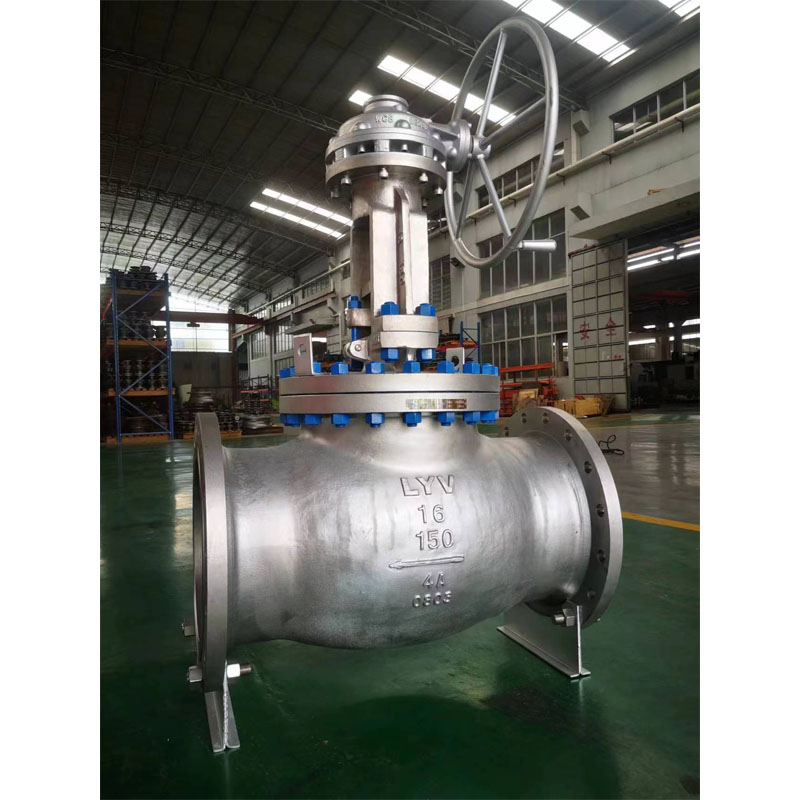What Should You Consider Before Choosing a Cast Steel Globe Valve?
2025-07-07
Introduction:
The Cast Steel Globe Valve is a staple in industrial piping systems, but how do you know which one is right for your project? Choosing the wrong valve can lead to inefficiencies or even system failure. Here’s what to look out for.

Main Body:
1. What Are Your Pressure and Temperature Requirements?
Before selecting a Cast Steel Globe Valve, check the system’s maximum operating pressure and temperature. Cast steel performs well in high-stress environments, but you should always verify valve class ratings (e.g., ANSI 150, 300, 600).
2. What Is the Flow Medium?
Whether you’re handling steam, gas, oil, or corrosive chemicals, the Cast Steel Globe Valve can be customized with appropriate trim materials and sealing options. Make sure the valve’s internals are compatible with your medium.
3. Do You Need a Manual or Actuated Valve?
While many Cast Steel Globe Valves are manually operated, automated versions (with electric or pneumatic actuators) are available for remote or process-controlled environments.
4. What Type of End Connection Fits Your System?
Cast Steel Globe Valves come in flanged, socket-weld, and threaded designs. Choose the connection type that aligns with your system's layout and installation needs.
5. Are Certifications and Standards Important?
Absolutely. Ensure your Cast Steel Globe Valve meets industrial standards such as API, ASME, or ISO. Certified valves ensure reliability and compliance in regulated industries.
Conclusion:
A well-chosen Cast Steel Globe Valve improves system efficiency, enhances control, and ensures long-term safety. By focusing on material compatibility, pressure ratings, and operation type, you can select the right valve for your industrial application.


